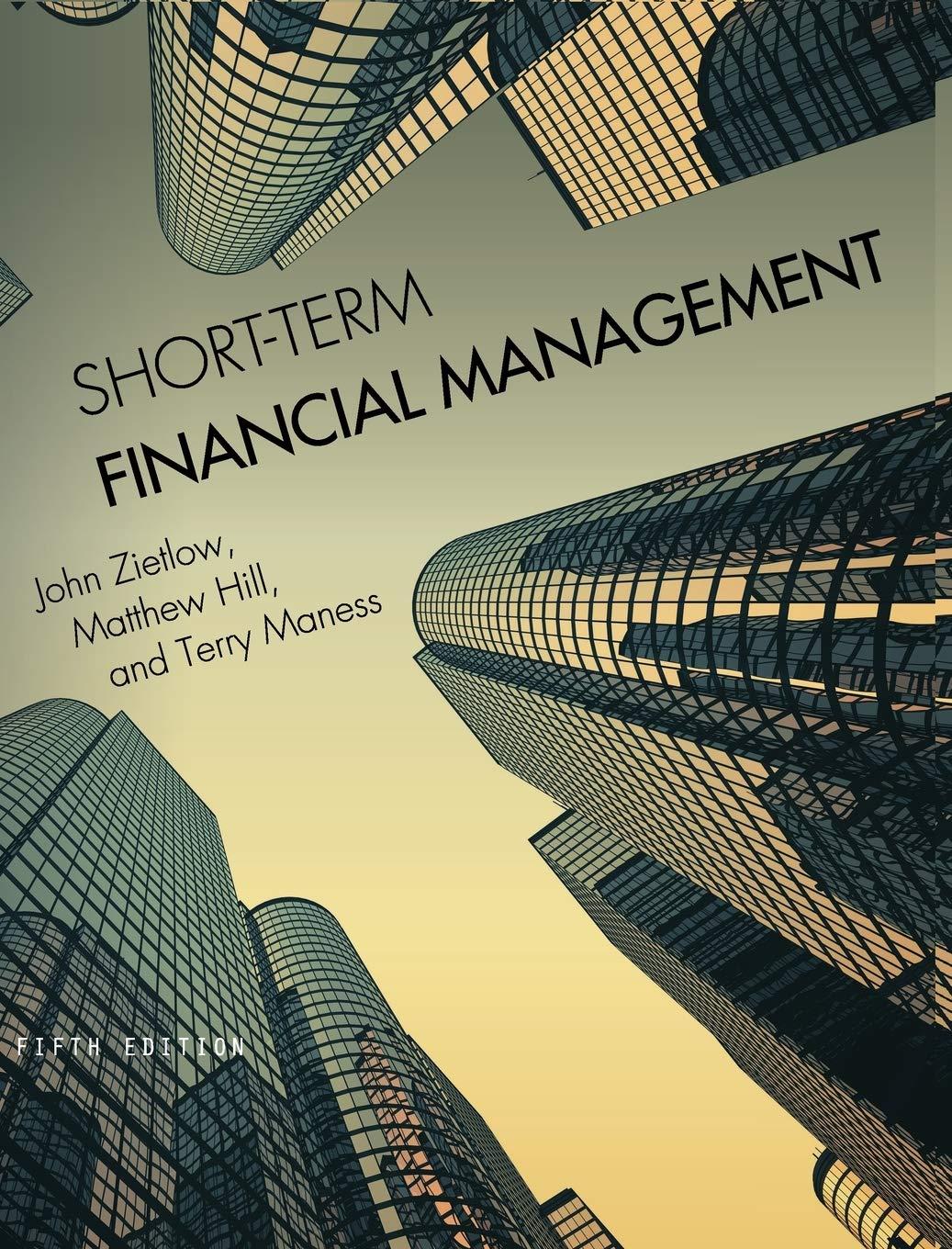19, Over the past 84 years, we have observed that investments with the highest average annual returns also tend to have the highest standard deviations of annual returns. This observation supports the notion that there is a positive correlation between risk and return. Which of the following answers correctly ranks investments from highest to Lowest risk (and return), where the security with the highest risk is shown first, the one with the lowest risk last? Small-company stocks, long-term corporate bonds, large-company stocks, long-term a. government bonds, U.S. Treasury bills Large-company stocks, small-company stocks, long-term corporate bonds, US Treasury bills, long-term government bonds. US. Treasury bills, long-term government bonds, long-term corporate bonds, small- company stocks, large-company stocks. d Small-company stocks, large-company stocks, long-term corporate bonds, long-term government bonds, U.S. Treasury bills Large-company stocks, small-company stocks, long-term corporate bonds, long- term government bonds, U.S. Treasury bills C e. 20. In class, we discussed the concept of a "Risk/ Return Trade-Off Diagram" (see "Formula Page"). On this graph, a U.S. Treasury bill has the lowest risk of loss of principal, but also the lowest potential rate of return; and various commodities and derivative securities (such as futures and options) had the highest risk of loss of principal, but also the highest potential rate of return. Other securities- such as Corporate Bonds and Common Stocks- fell in between I Return Trade-off Graph. Treasury bills and Commodities on the Risk / Say we owned a portfolio comprised of both U.S. Government and corporate bonds Based on the historical rates of return on various securities, what might we expect to happen- on average and over time to both the expected rate of return, as well as the risk (volatility) of our bond portfolio, if we added a diversified group of common stocks to our existing portfolio of bonds? a. We would expect the rate of return on the portfolio to increase; and the risk (volatility) of the portfolio to decrease. b. We would expect the rate of return on the portfolio to increase; and the risk (volatility) of the portfolio to increase. c. We would expect both the rate of return and risk (volatility) of the portfolio to decrease. d. The rate of return would quickly increase -and then decrease- while the risk (volatility) of the portfolio would remain the same. e. We have no idea of what to expect, because we do not know what the correlation is between bonds and common stocks. 19, Over the past 84 years, we have observed that investments with the highest average annual returns also tend to have the highest standard deviations of annual returns. This observation supports the notion that there is a positive correlation between risk and return. Which of the following answers correctly ranks investments from highest to Lowest risk (and return), where the security with the highest risk is shown first, the one with the lowest risk last? Small-company stocks, long-term corporate bonds, large-company stocks, long-term a. government bonds, U.S. Treasury bills Large-company stocks, small-company stocks, long-term corporate bonds, US Treasury bills, long-term government bonds. US. Treasury bills, long-term government bonds, long-term corporate bonds, small- company stocks, large-company stocks. d Small-company stocks, large-company stocks, long-term corporate bonds, long-term government bonds, U.S. Treasury bills Large-company stocks, small-company stocks, long-term corporate bonds, long- term government bonds, U.S. Treasury bills C e. 20. In class, we discussed the concept of a "Risk/ Return Trade-Off Diagram" (see "Formula Page"). On this graph, a U.S. Treasury bill has the lowest risk of loss of principal, but also the lowest potential rate of return; and various commodities and derivative securities (such as futures and options) had the highest risk of loss of principal, but also the highest potential rate of return. Other securities- such as Corporate Bonds and Common Stocks- fell in between I Return Trade-off Graph. Treasury bills and Commodities on the Risk / Say we owned a portfolio comprised of both U.S. Government and corporate bonds Based on the historical rates of return on various securities, what might we expect to happen- on average and over time to both the expected rate of return, as well as the risk (volatility) of our bond portfolio, if we added a diversified group of common stocks to our existing portfolio of bonds? a. We would expect the rate of return on the portfolio to increase; and the risk (volatility) of the portfolio to decrease. b. We would expect the rate of return on the portfolio to increase; and the risk (volatility) of the portfolio to increase. c. We would expect both the rate of return and risk (volatility) of the portfolio to decrease. d. The rate of return would quickly increase -and then decrease- while the risk (volatility) of the portfolio would remain the same. e. We have no idea of what to expect, because we do not know what the correlation is between bonds and common stocks







